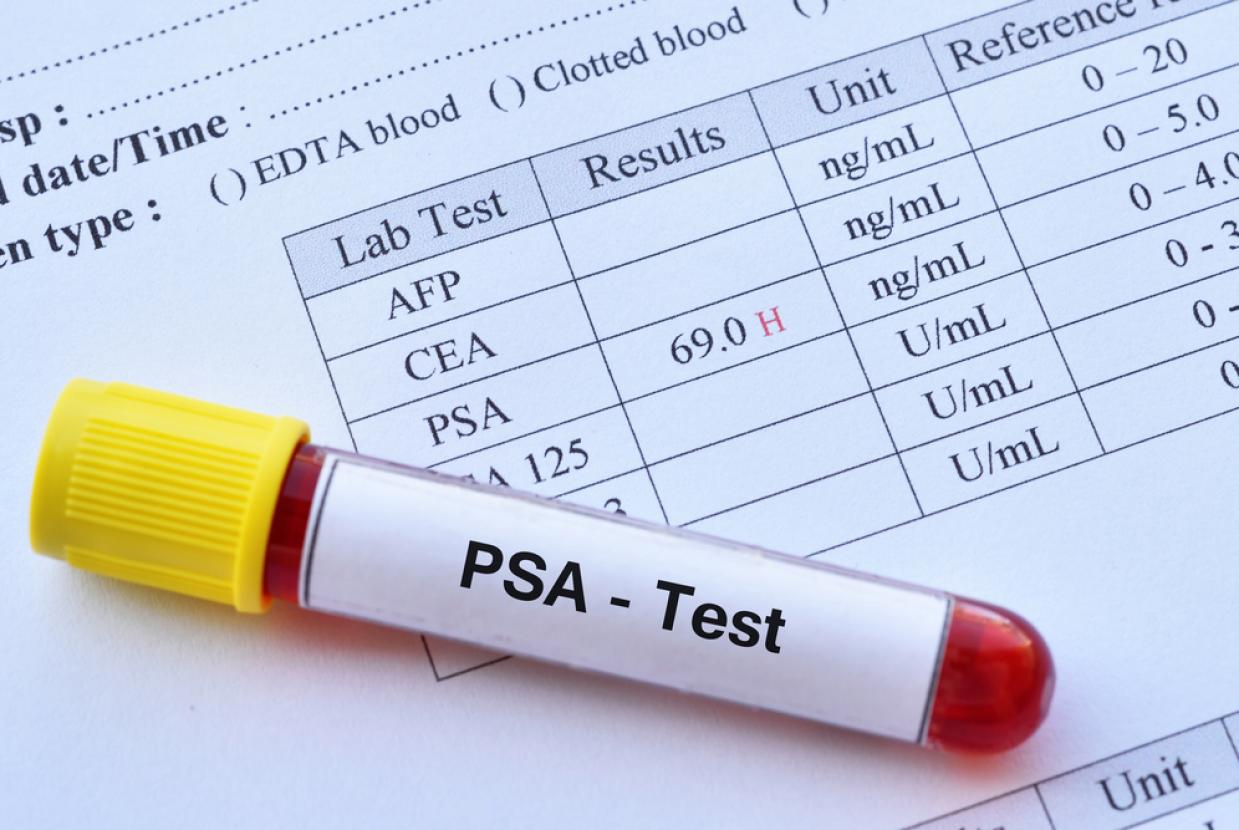Cancer Staging & Grading Explained
CancerAfter you have been diagnosed, your cancer doctor will usually want to do further tests to learn more about the cancer. This will include tests to find out the stage and the grade of the cancer.
Knowing the stage and grade helps doctors decide on the best treatment for you:
- The stage of a cancer – this describes its size and whether it has spread from where it started. You may need a few scans and tests to find out the stage. These can take from 1 to 2 weeks to complete. Your cancer doctor will be able to tell you more.
- The grade of a cancer – this is about what the cancer cells look like compared to normal cells. Your doctors will look at the cancer cells under a microscope to find the grade of the cancer. The grade gives an idea of how quickly the cancer may grow.
Staging
There are different staging systems for different types of cancer.
- TNM staging system
One commonly used staging system is the TNM system. TNM stands for tumour, node and metastases.
T describes the size of the tumour. This is usually a number between 1 and 4. 1 is a small cancer. 4 is a larger or more advanced cancer.
N describes whether the cancer has spread to the lymph nodes. The number can be between 0 and 3. 0 means there are no cancer cells in the lymph nodes. 3 means more lymph nodes are affected by cancer.
M describes whether the cancer has spread to another part of the body (known as metastatic or secondary cancer). The number is either 0 or 1. 0 means the cancer has not spread to other parts of the body. 1 means it has spread.
- Number staging system
Another commonly used staging system is the number system.
There are usually 3 or 4 number stages for each cancer type. Stage 1 describes an early cancer that has not spread anywhere else in the body. Stage 4 describes a cancer that has spread to other parts of the body.
Each cancer has its own staging system. Staging can be very complicated. Your doctor can tell you more about the stage of your cancer.
Not every cancer uses the TNM or number system. Some have very specific systems only used for that type of cancer.
Other terms used
Your doctor may use other words to describe the stage of the cancer:
- carcinoma in situ
- localised
- locally advanced
- advanced.
These phrases can have different meanings depending on the type of cancer. If your doctor uses any of these words, you can ask them to explain what they mean in your situation.
Grading
Grading is about how the cancer cells look under the microscope compared with normal cells. Many cancers use the following grading system:
- Grade 1, low-grade or well differentiated – the cancer cells look similar to normal cells and usually grow more slowly.
- Grade 2, moderate or intermediate-grade – the cancer cells look more abnormal and are slightly faster growing.
- Grade 3, high-grade or poorly differentiated – the cancer cells look very different from normal cells and may grow more quickly.
There are different grading systems for some cancers. Some have a grade 4. Some have a system only used for that specific cancer. Your doctor can tell you more about the grade of your cancer.


















































































































